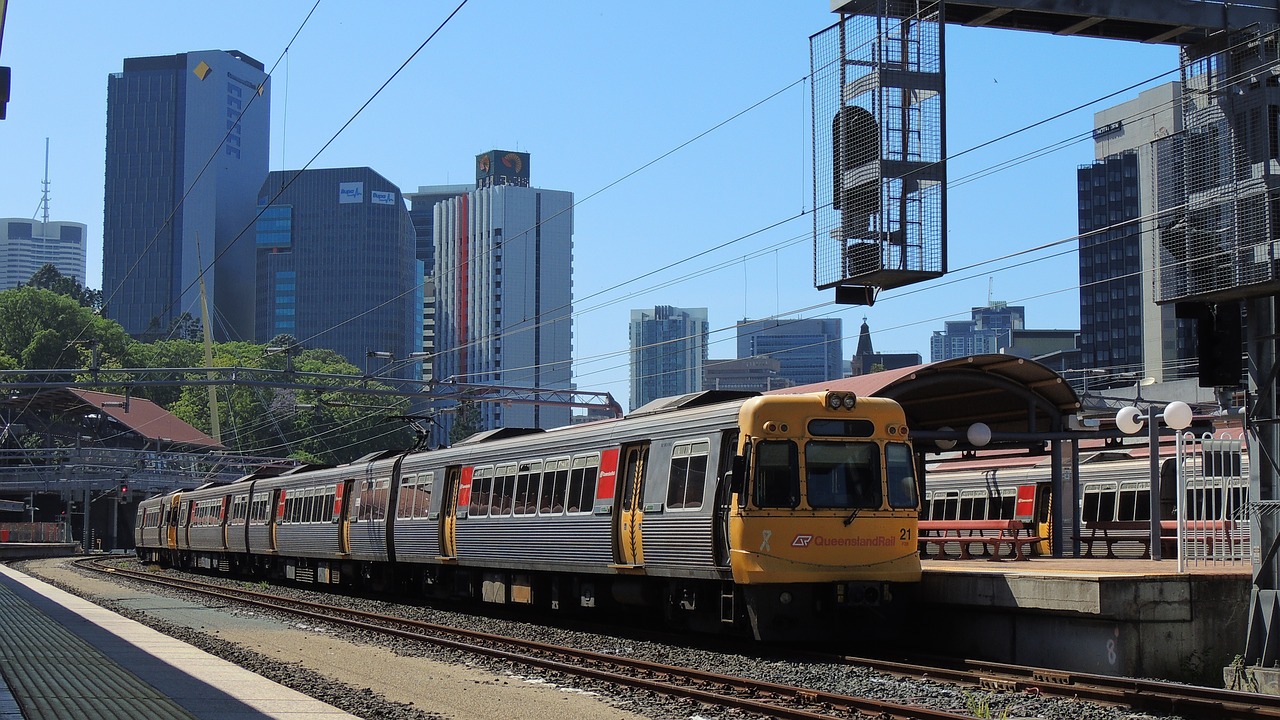Critical infrastructures are the essential systems, properties, and structures that are important to the proper running of a country and the safety of its citizens.
These structures are so important that their malfunction or destruction can have devastating effects on the quality of life, economy, and health.
Critical infrastructures are vast, interconnected networks responsible for providing food, water, electricity, transportation, healthcare, communications, and energy necessary for daily living.
These plants and structures used to operate independently of each other, with the most significant threats to them being of the physical nature.
However, as the world began to rely more on the internet, these structures became interconnected and significant aspects of their frameworks were transferred to the internet. With essential elements of these vital organizations being controlled through the internet, the threats to them have become virtual and physical.
Hence, adequate measures must be taken to safeguard these structures, especially from virtual attacks and physical deterioration.
Listed below are six methods that can be used to keep critical infrastructures safe and secure.
Determine the Most Significant Threats
It is virtually impossible to protect a system from all possible threats and risks. However, it must be ensured that the significant and highly impactful threats are prevented.
The most sensitive and critical aspects of a system are to be focused on, as an attack or malfunction involving these elements will effectively shut down the whole operation.
By ascertaining the areas of attacks to focus on, adequate precautionary and security measures can be put in place.
Develop a Plan of Action
After assessing and highlighting the essential aspects that pose significant risks, develop an action plan.
The plan should include the necessary steps, why they are useful, and how to implement them.
An adequate plan sets goals that must be met and the resources that are needed for their achievement.
Developing a strategy ensures that every important aspect is taken care of and reduces errors and inadequacies.
Implement Strategic Policies
There should be a set of rules and policies that guide the operation of the critical infrastructure. Seeing as it takes one wrong click or careless action to gain access, precautionary measures must be implemented to prevent them from happening.
There can be rules guiding the mode of operation for each department and strict rules about business conduct while using the internet.
Safety precautions that protect both human and material resources should be adhered to by everyone.
Use Hardware and Software Solutions
The physical and virtual aspects of the infrastructures must be considered while developing security measures for their safety.
Innovative technology like satellites, Artificial Intelligence (AI), and machines are viable prospects to investigate. For instance, cloud-based analytics and machine learning can be used in transportation to automate raw data processing to gain deeper insights and more accurate results.
The information gained can be used for [railway track inspections] to improve the structure of railways and make them safer.
Develop Contingency Plans
While devising preventive and protective measures for safeguarding assets and networks, it is essential to develop contingency plans.
Like a plan B, a good contingency plan involves steps to be taken when a breach occurs and how to contain and mitigate attacks or system failures within the shortest possible time.
This helps limit the amount of damage done to the system while also serving as a defense to fight back against attacks.
Improve and Update Security
Advances are currently being made in the world of internet and technology at alarmingly fast rates.
New modes of attacks are developed to counteract security measures regularly. There are rapid changes in global weather and climate conditions resulting in unprecedented natural disasters.
Hence, all security policies must be revised and upgraded to ensure that they can stand against newly developing threats.












